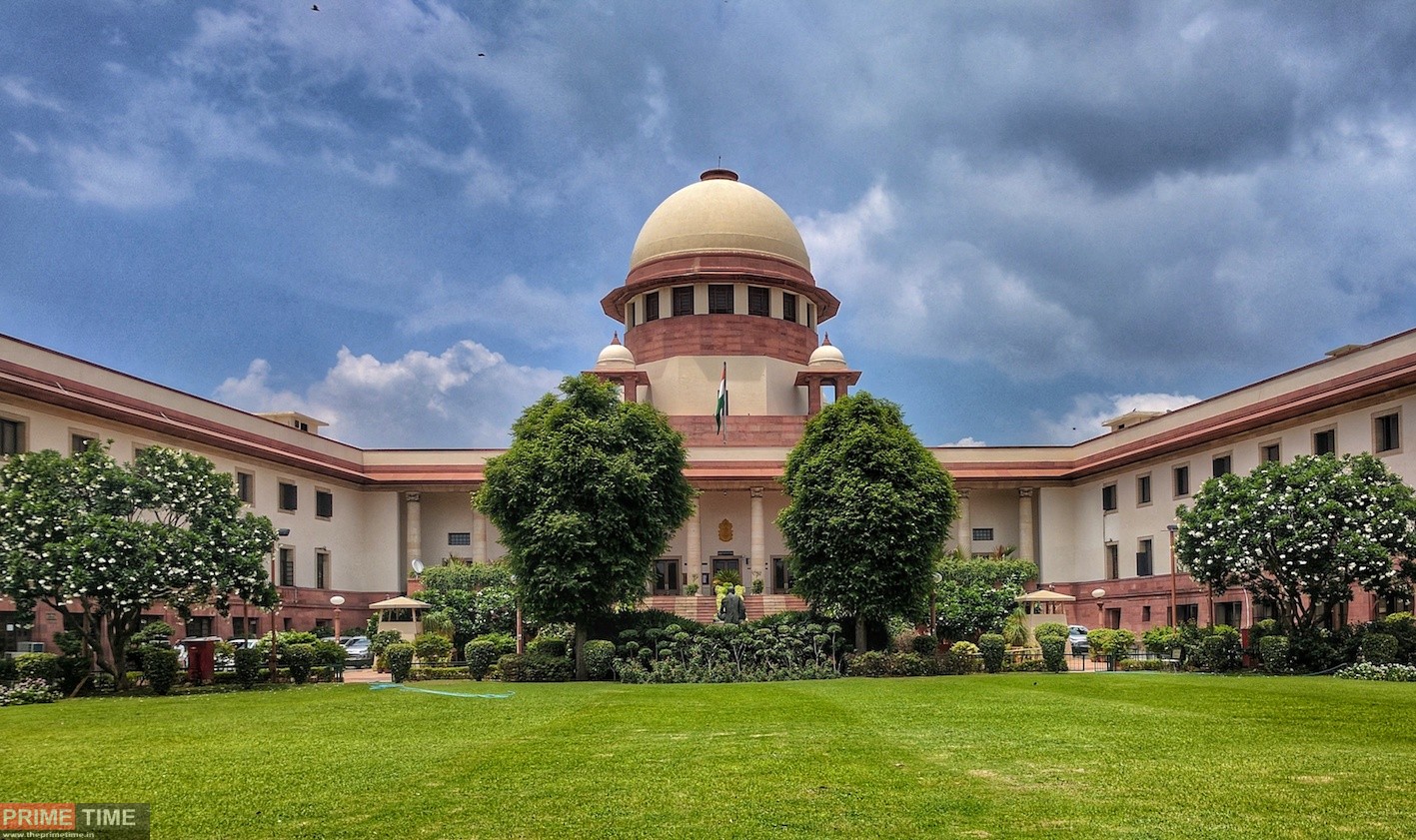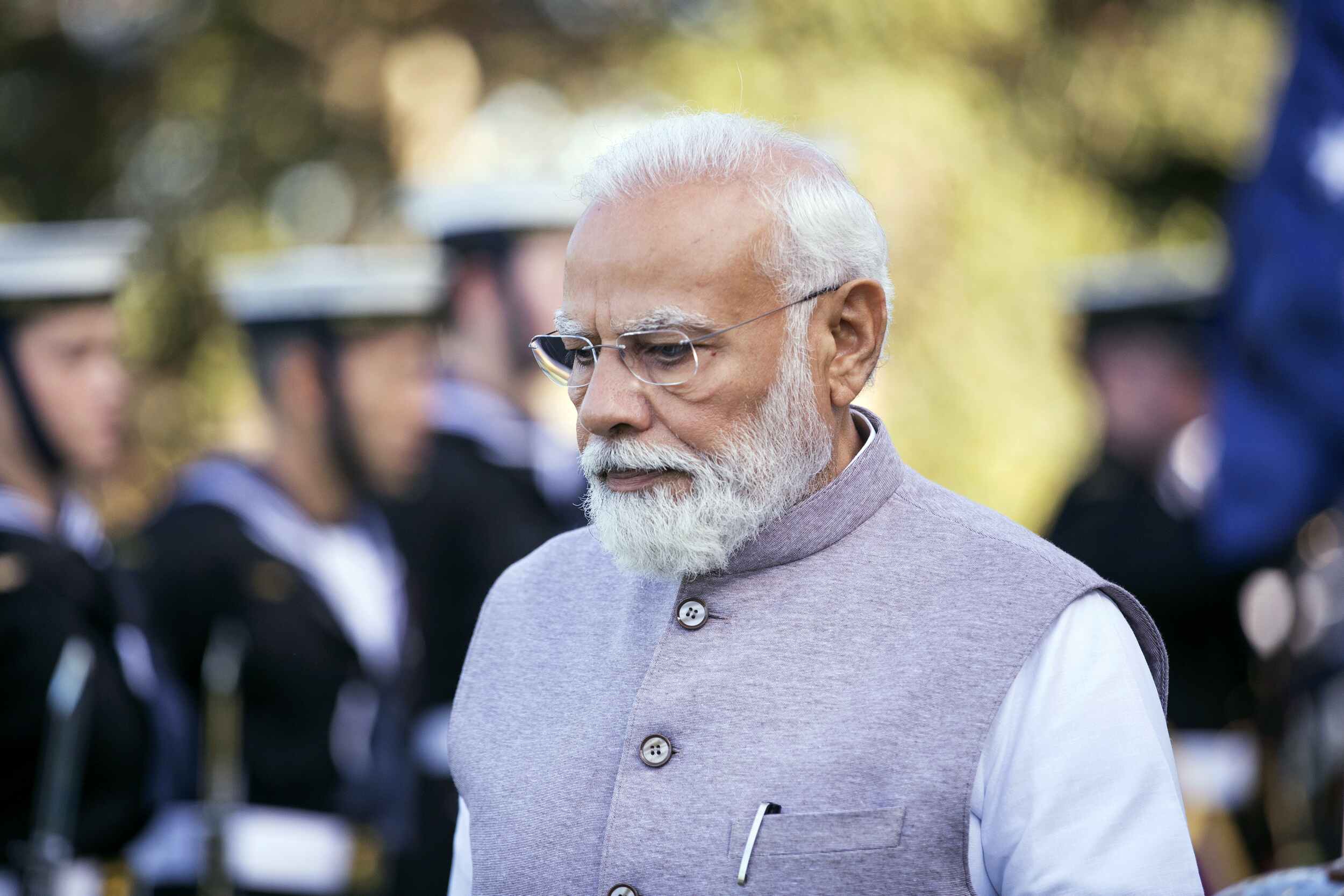The controversial and complex topic of citizenship exclusion in Assam has attracted attention on a national and international level. The Assam Accord of 1985 gave rise to an intricate and sometimes contentious procedure that aims to distinguish lawful residents from illegal immigrants in the quest to identify and keep “foreigners” out of the state. The National Register of Citizens (NRC), the historical background, and the sociopolitical ramifications of citizenship exclusion in Assam are all covered in this article.
The citizenship exclusion problem in Assam has its roots in the post-independence era, when worries about population shifts and potential cultural dilution first started to surface. Because of the state’s close proximity to Bangladesh and its porous border, there have been calls for more stringent citizenship verification procedures due to concerns about mass immigration from the neighbouring nation.
These issues were addressed in the 1985 Assam Accord, which was signed by the Government of India and the rebellious student organisations in Assam. It described how to locate and deport anyone who entered Assam illegally after the cutoff date of March 24, 1971. The National Register of Citizens (NRC), which helps Assames identify between citizens and non-citizens, was established as a result of the Accord.
The residence of Jesmina Khatun, then 17 years old, was demolished by the Assam government in December 2022. Jesmina and her three younger siblings were left without any options for resettlement or rehabilitation, along with 250 other families. Three orphans had to labour as child labourers to survive after losing their deceased wage workers and landless parents. In Assam, one of India’s poorest states, thousands of landless people tell their stories.
Families were evicted forcibly from homes they had lived in for fifty years in Bhumuraguri, Lalong Gaon, and Haidubi in the Nagaon district during the eviction effort that was launched in December of last year. There was no slacking. Students studying for board examinations dumped their books and backpacks into ponds, killing even the vegetation.
The victims were left with nowhere to go after the eviction, so they took refuge along the sides of the local roads. They were also taken from the local roads by the authorities. For three days without food, they subsisted on Chira-Muri (flattened, puffed rice). Even water was unavailable to them. They were seen by the author sipping water from unkempt ponds. It didn’t take long before 47 households in the Satra Kanra neighbourhood of Baghbar, Barpeta, became the targets of another savage eviction.
These ‘criminal’ eviction campaigns have persisted in several locations. What ties these evictions together? They oppose the Miya Muslims, who emigrated from former Bengal. The Bharatiya Janata Party (BJP) government in the state has been utilising disproportionate force and targeted threats against the alleged “illegal encroachers” rather than addressing the root causes of poverty. In truth, landless individuals from many tribes, sects, and linguistic groups have been residing on public grounds while the dwellings of Muslims are being deliberately dismantled.
Eviction notices were recently selectively issued, primarily to Muslims, in many parts of several districts in the Bodoland Territorial Region (BTR), an autonomous body of Assam under the Sixth Schedule of the Constitution. These include Nk Darranga of Tamulpur district, Hasraobari of Chirang district, Mauzabari, Donshiapara, and Hasraobari of Mauzabari.
“We have lived in the village for more than 100 years, and the government has posted a notice in our local market asking us to leave our land,” claims Osman Ali from the community. Although other communities, such as Bengali Hindus and Rajbanshis, also live in the same protected belt and block where our land is located, only we received the notice of eviction in a selective way. We have been residing in this area since before the notion of tribal blocks and belts existed.
Families like Jesmina’s have been subjected to an upsurge in the ruthless practise of evictions, which has permanently damaged their way of life and mental health. In the Darrang District, police opened fire on unarmed landless peasants in 2021 before demolishing at least 5,000 people’s homes. Moinul Haque was brutally murdered by being shot dead in the head and having his body trampled, as shown in a graphic film that will live indelible in the minds of the oppressed Miya people. Himanta Biswa Sarma, the chief minister, said he “doesn’t need Miya Muslims votes” and is thus okay with destroying children’s educational rights and futures. A large portion of the majority successfully gave their support to the othering and oppression of the Miyas. It is a depraved strategy with global repercussions.
Ironically, Modi’s idea of “100% development” in the “New India” is the latest development in “Amrit Kaal,” the new slogan used to characterise it. ‘Azadi ka Amrit Mahotsav’ is being observed by the government. Many Miya Muslims have been left without a house, a plot of land, or a future as the nation prepares to celebrate another Independence Day. Several more people in various Assam locations have gotten eviction orders. In addition to being against humanity, these targeted evictions also violate Articles 23 and 24 of the Indian Constitution, which protect fundamental rights against exploitation. Individual dignity and equality are guaranteed under the preamble of the Indian Constitution.
It is becoming more and more obvious that the ‘danger’ they pose does not include “illegal encroachment” on public property or resources. Why can’t the government offer property to the country’s impoverished residents so they can thrive if it can grant land to controversial Indian yoga teacher turned billionaire Baba Ramdev and owners of private businesses, such as tea gardens? According to the Auditor General, 993 police officers—likely the same cops evicting families like Jesmina’s—are residing in government housing unlawfully.
These inquiries are silenced in the public domain, much like the homes of Miya Muslims. In support of the BJP’s aggressive drive to revoke citizenship rights in the violent endeavour of constructing a Hindu Rashtra, the godi-media fraudulently labels innocent families as “illegal immigrants”. The Modi Question, a recent BBC documentary that exposes this goal, was prohibited once it was made public, and people who attended screenings were imprisoned. The families that bear the brunt of this vicious agenda do so in silence, unnoticed, and without any means of communication with the rest of the world, let alone their fellow citizens, to share their stories of profound pain.
Muslims, particularly Miya Muslims, have experienced systemic discrimination and marginalisation in post-colonial Assam. The government has been harassing the Miya community through a number of tactics, including “Doubtful Voter” and the National Register of Citizens (NRC), particularly since the BJP’s ascent to power in Assam. Recently, the Assamese government has been using the eviction weapon to displace the population, deprive them of their homes and jobs, and revoke their citizenship.
More recently, the government announced plans to arrest people on the grounds of child marriage, and hundreds of young people from underprivileged communities were detained. The Modi administration at the federal level and the BJP administrations in several other states, notably Uttar Pradesh, Madhya Pradesh, and Jammu and Kashmir (now under the president’s control), have policies that are similar to the exclusionary system used by the Assam government. The federal administration of Modi is notorious for its anti-Muslim policies, including the Citizenship Amendment Act (CAA), the repeal of Article 370, and the downgrading of Jammu and Kashmir’s statehood.
Due to yearly floods and river bank erosion, there are an increasing number of individuals who lack access to land. One has yet to comprehend the message that Vishwaguru Bharat is trying to convey by escalating the danger of landlessness via the use of its massive state apparatus and powerful force. This ominous chapter of human rights abuses is taking place in a state where fresh murals and paintings have been added in preparation for hosting the G-20 meeting.
Nothing to be proud of are the posters that include Modi’s image and the phrase “the Mother of Democracy.” It is past time for the people of Assam to realise that discriminatory communal activities would permanently harm India’s promise of democracy. not just the minority Miya. Let’s be clear: Assam won’t prosper if the Miya Muslims are kept in a vicious cycle of deprivation and state brutality. Ever.
Citizenship exclusion in Assam continues to be a difficult and sensitive topic that touches on human rights, migration, and identity. While preserving demographic and cultural integrity is a vital objective, it must be balanced with the values of justice, inclusion, and respect for each person’s rights. The narrative around citizenship exclusion in Assam and its larger consequences for the country will continue to be shaped by the government’s role in negotiating these complications while supporting the principles of democracy and justice.








